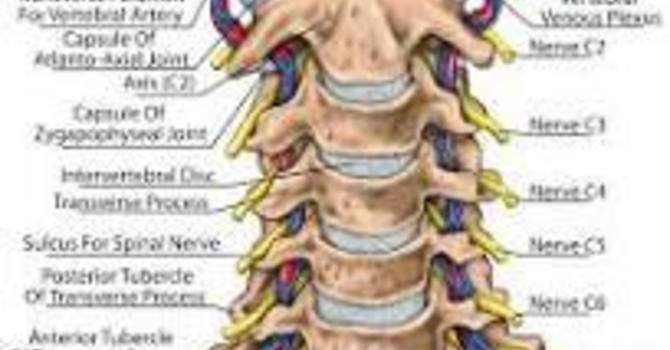I was intentional when I decided to name this chiropractic office Optimal Health & Performance. I wanted a name that wouldn’t pigeonhole me into a strictly chiropractic clientele, as I wanted to appeal to others who had general orthopedic aches and pains. And after a friend mentioned the name to me, I instantly loved it and ran with it. OHP is an office where you can get your neck and back pain treated, it’s our bread and butter. But you can also get most myofascial injuries treated here as well. Some of my favorite non-spinal injuries to treat include plantar fasciitis, calf strains, hamstring strains, generic hip pain, shoulder pain, and of course forearm and wrist pain. And did I mention carpal tunnel and headaches? The truth is there’s just too many injuries to list.
The chiropractic adjustment is the most valuable treatment I provide. Particularly when it’s combined with soft tissue treatment. Being savvy with chiropractic and soft tissue treatment, in addition to rehab, is the most thorough way to treat most bodily injuries.
It’s recently occurred to me that most patients have no idea what the pop or crack from the adjustment is. All they seem to know is that it feels good, and their pain is lessened by it. That’s what I wanted to share in this post, to answer some very fundamental questions that most patients have..
What exactly does an adjustment do? Why does it pop? If I don’t have back pain right now, why should I get adjusted?
Let’s start with the first question; what does an adjustment do? I’ll keep it light enough to make sense, but also scientific enough to make me sound smart.. A chiropractic adjustment is utilized to provide motion in a segment of the spine that is lacking proper motion. Call these segments subluxations, joint blockage, misalignments, whatever makes your boat float. As a chiropractor, I find these areas of the spine that aren’t moving properly. Usually, this area is also the source of pain. Let’s use the neck for example. I’ll evaluate the movement at each segment of the spine, covering all 7 bones in the neck (cervical spine). And let’s say I discover a joint restriction at the C5/C6 level, which is a common area! Most likely, the patient already told me that the pain is at the bottom part of the neck and moves out into their upper traps and shoulder area, so I already had a pretty good hint of where to look. So, I adjust the neck, sighs of relief follow immediately after, and we have one happy patient. They can turn their head further and the shoulder pain melts away. We have provided proper motion at the C5/C6 level, and the body is happy. When you’re moving well, you’re feeling well.
Long story short, a chiropractic adjustment involves providing proper motion to the spine. When you consider that there are 24 vertebrae in the spine, and 3 joints that connect each vertebrate to the one above and below, ensuring that each level has proper movement is key to a healthy and happy spine.
As I previously mentioned, there are several joints in the spine. It’s the joints themselves that are popping, not the actual bones. A pop is an audible cavitation that’s only present when you quickly gap a joint in the fixated segment. Just like popping your fingers and knuckles. The joints in each area of the spine (cervical, thoracic, and lumbar) have their own unique biomechanics and joint angles, and this is essential for the chiropractor in providing those satisfying pops.
But why get adjusted if I’m not presently in physical pain? I’m so glad you asked that question! I often tell patients that pain is the last thing to show up, and the first thing to leave. The adjustment is great at providing immediate pain relief. But just because the pain is lessened or totally gone, there’s still work to do. Above I mentioned that the adjustment is helping the spine to move properly. What’s also happening is that we are stimulating mechanoreceptors in the tiny muscles surrounding the spine. Think of these as position sensors for the spine. When we stimulate these sensors, we are overriding pain signals, hence the quick pain relief. Unfortunately, several adjustments are needed to keep the spine moving properly. This is because most people have faulty movement patterns that promote certain areas of the spine to lock up again and again. And because most spinal pain doesn’t just happen overnight, several adjustments along with specific and targeted exercises are usually needed to keep this from reoccurring. So just because you’re not presently in pain, doesn’t mean there’s not work to do.
I hope this shines some light on why the adjustment is the most important thing we do during visits to OHP. But also keep in mind that the adjustment, soft tissue treatment, and targeted rehab exercises are the perfect combination for long lasting improvement.
Brian Trautman
Contact Me


